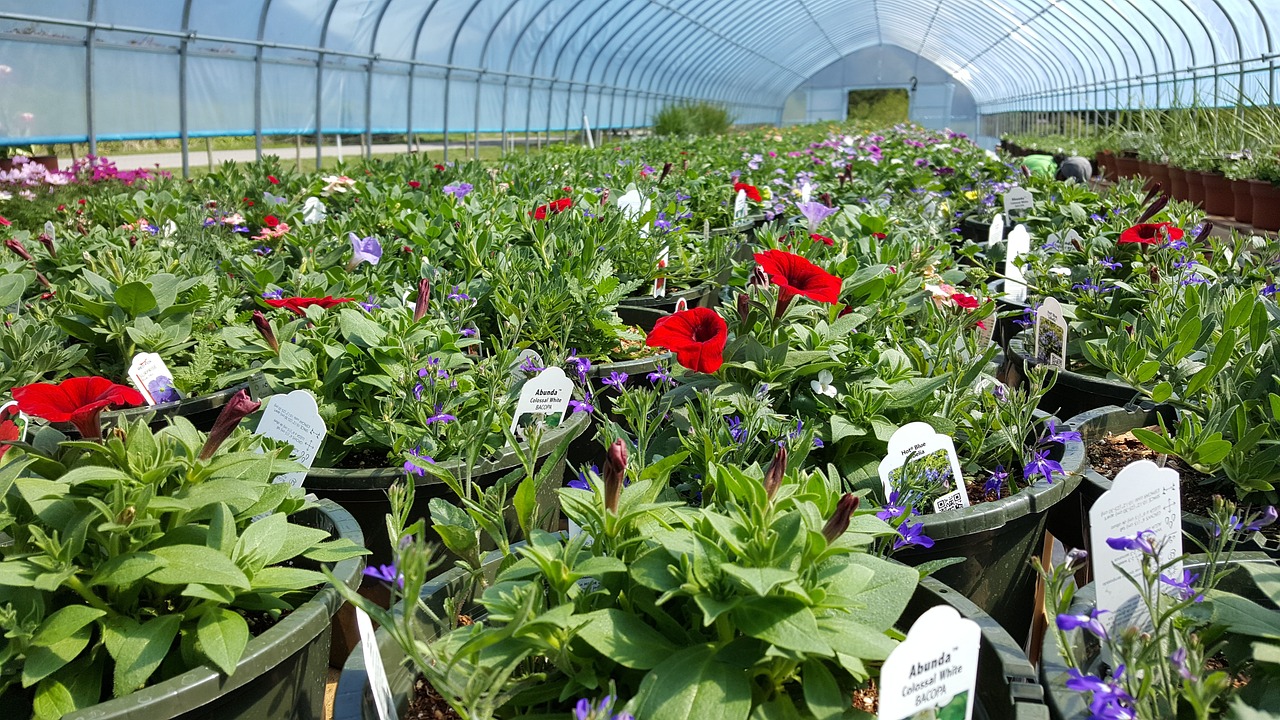Choosing the right plants for your garden is more than just a matter of aesthetics.
It’s about understanding the unique climate conditions of your area and selecting plants that will thrive in those conditions.
This is where the concept of climate-specific plants comes into play.
These are plants that are well-suited to the specific climate zone in which they are planted. They are more likely to flourish, require less maintenance, and contribute to local biodiversity.
In this article, we will delve into the world of climate-specific plants. We will explore how to identify your gardening zone, the characteristics of temperate climate zone plants, and strategies for gardening in extreme climates.
Whether you’re a seasoned gardener or a beginner, this guide will provide you with the knowledge you need to create a garden that is both beautiful and sustainable.
Understanding Plant Zones and Their Importance
Plant zones, also known as gardening zones or hardiness zones, are geographical areas defined by climatic conditions.
These zones help gardeners determine which plants are most likely to thrive in their location.
Understanding your local plant zone is crucial for successful gardening. It allows you to select plants that are well-adapted to your area’s temperature ranges and weather patterns.
This not only increases the chances of your plants surviving but also contributes to a more sustainable garden.
By choosing climate-specific plants, you can reduce the need for artificial irrigation, fertilizers, and pest control measures.
The USDA Plant Hardiness Zone Map Explained
The USDA Plant Hardiness Zone Map is a key tool for understanding plant zones.
It divides North America into 11 separate zones, each representing a 10-degree Fahrenheit difference in average minimum winter temperature.
The lower the zone number, the colder the climate.
Identifying Your Gardening Zone
Identifying your gardening zone is the first step towards choosing climate-specific plants.
You can do this by referring to the USDA Plant Hardiness Zone Map and locating your geographical area.
Here are some steps to follow:
- Visit the USDA website and access the interactive map.
- Enter your zip code in the search bar.
- The map will highlight your zone and provide information about the average minimum winter temperature.
With this information, you can make informed decisions about which plants are best suited to your climate zone.
Temperate Climate Zone Plants
Temperate climate zones are characterized by moderate temperatures and distinct seasonal changes.
These zones, which include USDA zones 5 through 8, are home to a wide variety of plant species.
Plants in these zones must be able to withstand cold winters and hot summers. They also need to be adaptable to varying amounts of rainfall throughout the year.
Choosing plants native to temperate climates can enhance the biodiversity of your garden and reduce maintenance needs.
Moreover, these plants are often more resistant to local pests and diseases, reducing the need for chemical interventions.
Characteristics and Examples of Temperate Zone Flora
Temperate zone plants typically have certain characteristics that enable them to survive the region’s climate.
These include deciduous trees that shed their leaves in winter, and perennials that die back to the ground in winter and regrow in spring.
Examples of temperate zone flora include maples, oaks, rhododendrons, hydrangeas, and many types of berries and fruit trees.
Gardening in Extreme Climates
Gardening in extreme climates presents unique challenges.
In hot zones, plants must be able to withstand intense heat and often prolonged periods of drought.
In cold zones, plants need to be hardy enough to survive freezing temperatures and heavy snowfall.
Strategies for Hot and Cold Zones
For hot zones, consider drought-tolerant plants such as succulents, cacti, and certain grasses.
In cold zones, choose plants that have a high cold tolerance, such as evergreens, and those that can withstand heavy snow, like shrubs with flexible branches.
Regardless of the zone, proper soil preparation and watering practices are crucial for plant survival.
The Role of Native Plants in Local Biodiversity
Native plants play a crucial role in maintaining local biodiversity.
They provide food and habitat for local wildlife, including birds, insects, and small mammals.
Furthermore, they are adapted to local climate and soil conditions, making them more resilient and less resource-intensive to grow.
Benefits and Ethical Considerations
Growing native plants has numerous benefits.
They require less water and fertilizer, reducing the environmental impact of your garden.
However, it’s important to source native plants ethically, ensuring they are not taken from the wild, which could harm local ecosystems.
Adapting to Climate Change: Future-Proofing Your Garden
Climate change is a reality that gardeners must face.
It’s causing shifts in weather patterns, affecting plant hardiness and gardening zones.
As a gardener, it’s crucial to adapt and future-proof your garden to these changes.
Impact on Plant Hardiness and Gardening Zones
Climate change can lead to warmer winters, affecting plant hardiness.
Some plants may no longer survive in their current zones.
Conversely, some zones may become suitable for plants that previously couldn’t survive there. Understanding these shifts is key to successful gardening in a changing climate.
Conclusion: The Resilient Gardener
Choosing the right plants for your climate zone is a journey.
It requires patience, observation, and a willingness to adapt to changing conditions.
By understanding your local climate and selecting climate-specific plants, you can create a resilient garden that thrives year after year.









